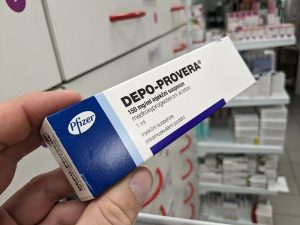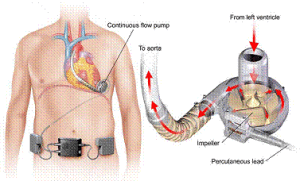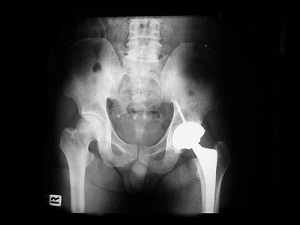 If you want an erection, Viagra seems to work. Over 23 million men a year can’t be wrong. It is easy to joke about, but it is obviously a great thing for many men. But for the last 16 years since Viagra received FDA approval in 1998, we have been trying to figure out what side effects Viagra has. Because people have a right to balance their desire to keep an erection – and also consider the other drugs they might use – and the medication’s side effects. We have heard lots of discussion of vision-threatening complications and hearing loss. Now there is a new deadly concern: melanoma.
If you want an erection, Viagra seems to work. Over 23 million men a year can’t be wrong. It is easy to joke about, but it is obviously a great thing for many men. But for the last 16 years since Viagra received FDA approval in 1998, we have been trying to figure out what side effects Viagra has. Because people have a right to balance their desire to keep an erection – and also consider the other drugs they might use – and the medication’s side effects. We have heard lots of discussion of vision-threatening complications and hearing loss. Now there is a new deadly concern: melanoma.
Sildenafil citratre, more commonly known as Viagra, is used to treat erectile dysfunction (ED) by relaxing muscles and increasing blood flow to particular areas of the body. Now, in a study recently published online in JAMA Medicine, it has been reported that men who have used Viagra for ED had a significantly elevated risk of melanoma. Melanoma, the most dangerous type of skin cancer, is the leading cause of death from skin disease. While melanoma accounts for less than 2% of skin cancer cases each year, it makes up the majority of skin cancer fatalities.
The study, involving researchers from Harvard and Brown Universities, compared the medical charts of 26,000 men to see if cancer rates differed among those who took Viagra and those who did not. The study revealed that men who had taken Viagra for erectile dysfunction had double the risk of developing melanoma than men who had not taken the drug.
Continue reading
 cases. People tend to throw around terms such as “general damages,” “special damages,” “non-economic,” and “economic” damages, so this post should help you differentiate between these various types of damage awards.
cases. People tend to throw around terms such as “general damages,” “special damages,” “non-economic,” and “economic” damages, so this post should help you differentiate between these various types of damage awards.















